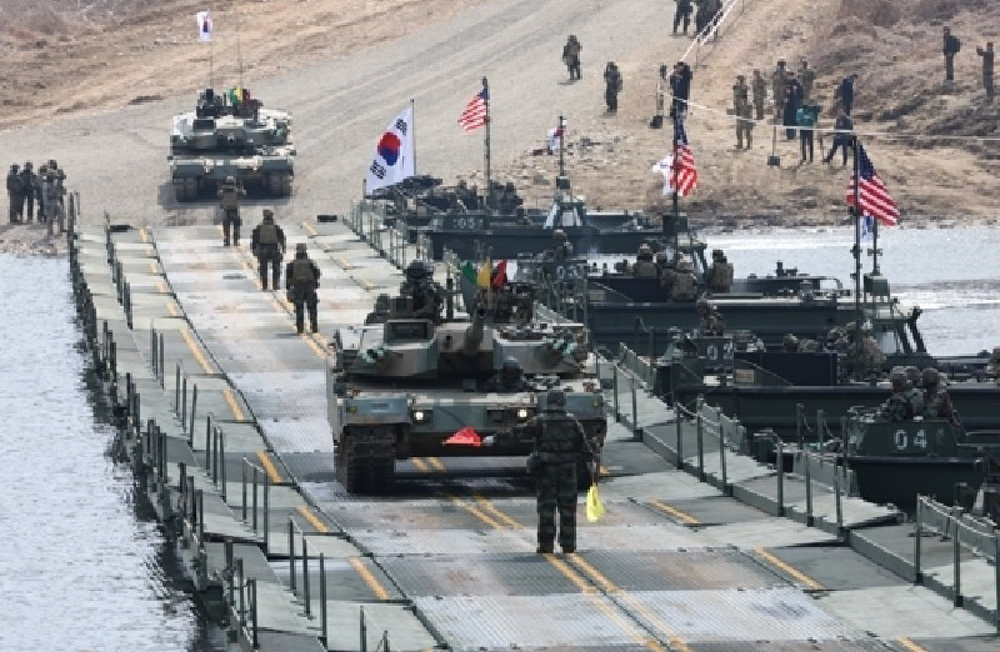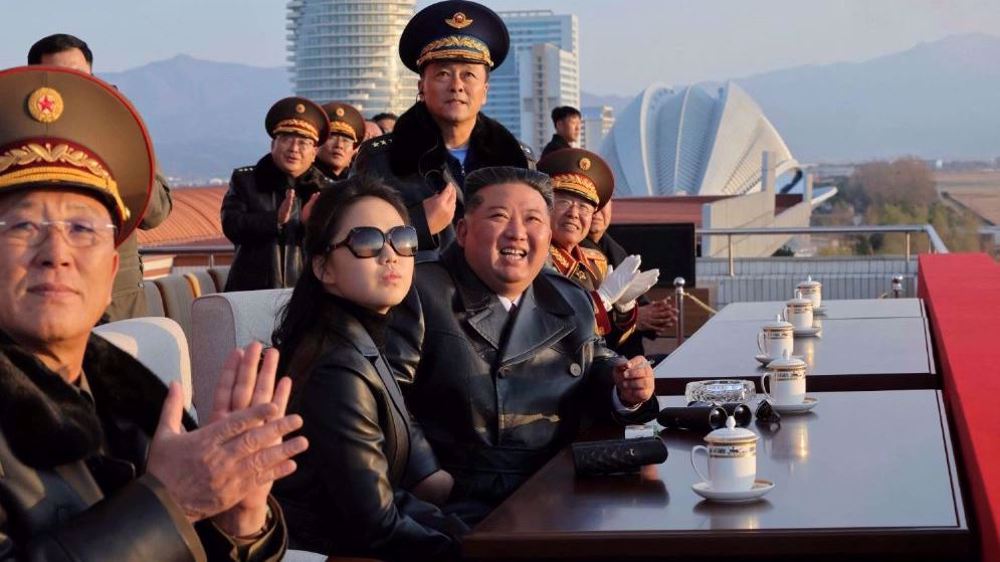North Korea's Scuds can reach US base in Japan: Paper
North Korea’s short-range Scud missiles are now developed enough to reach the US naval base in Japan, the South’s military sources say.
According to estimates by the South Korean intelligence, Pyongyang’s Scud-ER, also called Hwasong-7, could travel some 1,000 kilometers (620 miles), long enough to reach US military installation in Yokosuka, a city in Japan’s Kanagawa Prefecture, the South’s JoongAng daily reported.
“We previously assumed the Scud-ER, a modified version of the Scud-C, could fly about 700 kilometers. But our joint assessment with US intelligence indicates that it can fly more than 1,000 kilometers,” the paper quoted an unidentified military source as saying.
The Scud-ER could reach the Yokosuka base if launched from a front line unit in the North’s Kangwon Province on a mobile launching pad, according to the report.
The missile could help Pyongyang prevent the deployment of American forces at the Japanese islands to South Korea if a conflict breaks out, the newspaper said.
“Among the various missiles North Korea has, Scuds are the most common,” said Shin In-kyun, head of the Korea Defense Network think tank. “It has over 600 Scuds.”
Besides the Scud-ERs, the North also possesses the Rodong missile which has a range of 1,300 kilometers.
North Korean leader Kim Jong-un said last week that Pyongyang’s recently-tested medium-range missiles can target US military bases in the Pacific.

Earlier this month, the US-Korea Institute at Johns Hopkins University also said North Korea’s recent missile tests could facilitate its development of an operational intercontinental ballistic missile (ICBM) capable of striking the US mainland by 2020.
Tensions have been running high over North Korea’s nuclear and ballistic missile programs after Pyongyang successfully tested a hydrogen bomb in January and placed what it said to be an earth observation satellite into orbit a month later.
It was recently placed under the toughest UN sanctions in two decades; however, the North has remained defiant, saying it would not relinquish its nuclear power unless the US ends its hostile policy and dissolves the US-led military command in South Korea.
Last week, Han Song-ryol, the director-general of the department of US affairs at North Korea’s Foreign Ministry, said Pyongyang strengthened its nuclear might due to Washington’s pressure and threats.
“They have to stop their military threats, sanctions and economic pressure. Without doing so, it’s like they are telling us to reconcile while they are putting a gun to our forehead,” he added.
The US and South Korea have begun official talks on the deployment of the Terminal High Altitude Area Defense (THAAD) missile system to the Korean peninsula after Pyongyang conducted its fourth nuclear test.
Iran’s PMI slips 0.8 points to 49.8 in November: ICCIMA
Two US soldiers, interpreter killed in surprise attack in Syria: CENTCOM
VIDEO | Epstein in Africa
VIDEO | Birth anniversary of Hazrat Fatima celebrated in Kashmir
VIDEO | Foreign interference would worsen situation in Thailand-Cambodia conflict: Analyst
VIDEO | Press TV's news headlines
BRICS offers ‘new model’ for deeper politico-economic ties: Pezeshkian
VIDEO | Sudan: What’s behind the war










 This makes it easy to access the Press TV website
This makes it easy to access the Press TV website